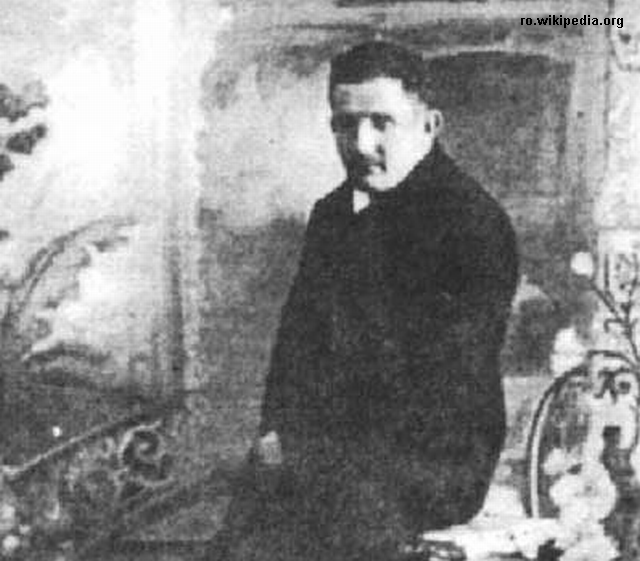Anarchism in Romania
The emergence of socialist ideas in Romania in late 19th century was accompanied by a surge in anarchism.

Steliu Lambru, 02.08.2014, 14:20
The emergence of socialist ideas in Romania in the second half of the 19th century was accompanied by a surge in anarchism, particularly among intellectuals. Like socialism in a non-industrial country, anarchism was also successful with the educated classes and less so with the working classes. Despite its limited appeal, anarchism was in the limelight because of its rhetoric, its ultra-radical programme and the methods to be used in carrying out its goals.
Romanian anarchists were inspired by the writings of classics such as Pierre Joseph Proudhon (1809-1865), Max Stirner (1806-1856), Mikhail Bakunin (1814-1976) and Pyotr Kropotkin (1842-1921). Russian anarchists were a particularly important source of inspiration for radical Romanian intellectuals coming from Bessarabia and Bukovina. However, the Romanian anarchists such as Panait Muşoiu (1864-1944) and Zamfir C. Arbore (1848-1933) adapted the classic anarchist texts to the Romanian reality of the time.
Despite being a marginal trend, anarchism was the centre of attention because of the methods it employed to achieve its goals, namely violent attacks, something we may today describe as “terrorism”. Such anarchist attacks were common in Europe in the last two decades of the 19th century and their most famous victims include the Austro-Hungarian Empress Elisabeth, known as Sissi, who was killed by the Italian anarchist Luigi Lucheni in 1898.
As anarchism was gaining ground, socialist thinkers such as Romania’s Constantin Dobrogeanu-Gherea (1855-1920), started to dissociate themselves from it and reject it.
In Romania, anarchist attacks were not very common. One better-known example is the attack against the Liberal prime minister Ionel Bratianu. On December 8th, 1909, he was walking home after a meeting in the Senate when he got shot in the back, one of the bullets going through his chest and another hitting him in the shoulder blade. The attacker was caught by passers-by and handed over to the police. His name was Gheorghe Stoenescu and he was a railways worker with anarchist-unionist leanings. Trying to explain his action, Stoenescu blamed the prime minister for the soaring prices and the low living standard. He was sentenced to 20 years hard labour, being found guilty of attempted murder. According to speculations in the socialist newspapers of the day, Stoenescu did not in fact shot the prime minister, but he was framed by the Safety Police, as the secret services were known at the time.
Another attack, committed by Max Goldstein (1898-1924), a Jew born into a family of traders, had a deeper echo in Romania’s history. Goldstein was an anarchist who embraced the ideology of the Communist International, the Comintern, in 1919. His main goal was to destroy the bourgeoisie. He even served time in prison for attempted attacks, but managed to escape. He went to Russia and came back with money, instructions and a hook instead of a hand, as a result of mishandling explosives. After a failed attack against interior minister Constantin Argetoianu in November 1920, Goldstein and two other men, Saul Osias and Leon Lichtblau, planned another attack. The bomb they set off in the Romanian Senate on December 8th 1920 killed the justice minister Dimitrie Greceanu and Demetriu Radu, a senator and Greek-Catholic bishop, and MP Spirea Gheorghiu, and wounded the senate speaker Constantin Coanda. Arrested in 1921, Goldstein received a life sentence and died of pneumonia in Doftana prison at the age of 26.






























